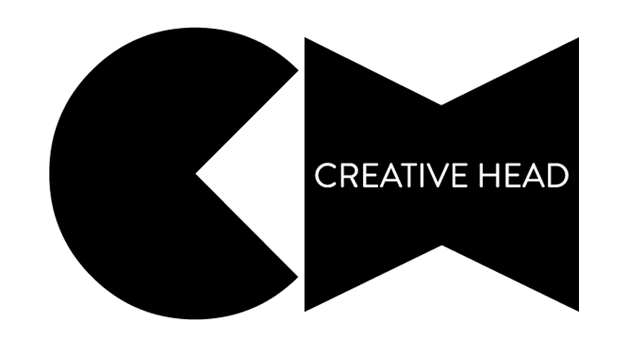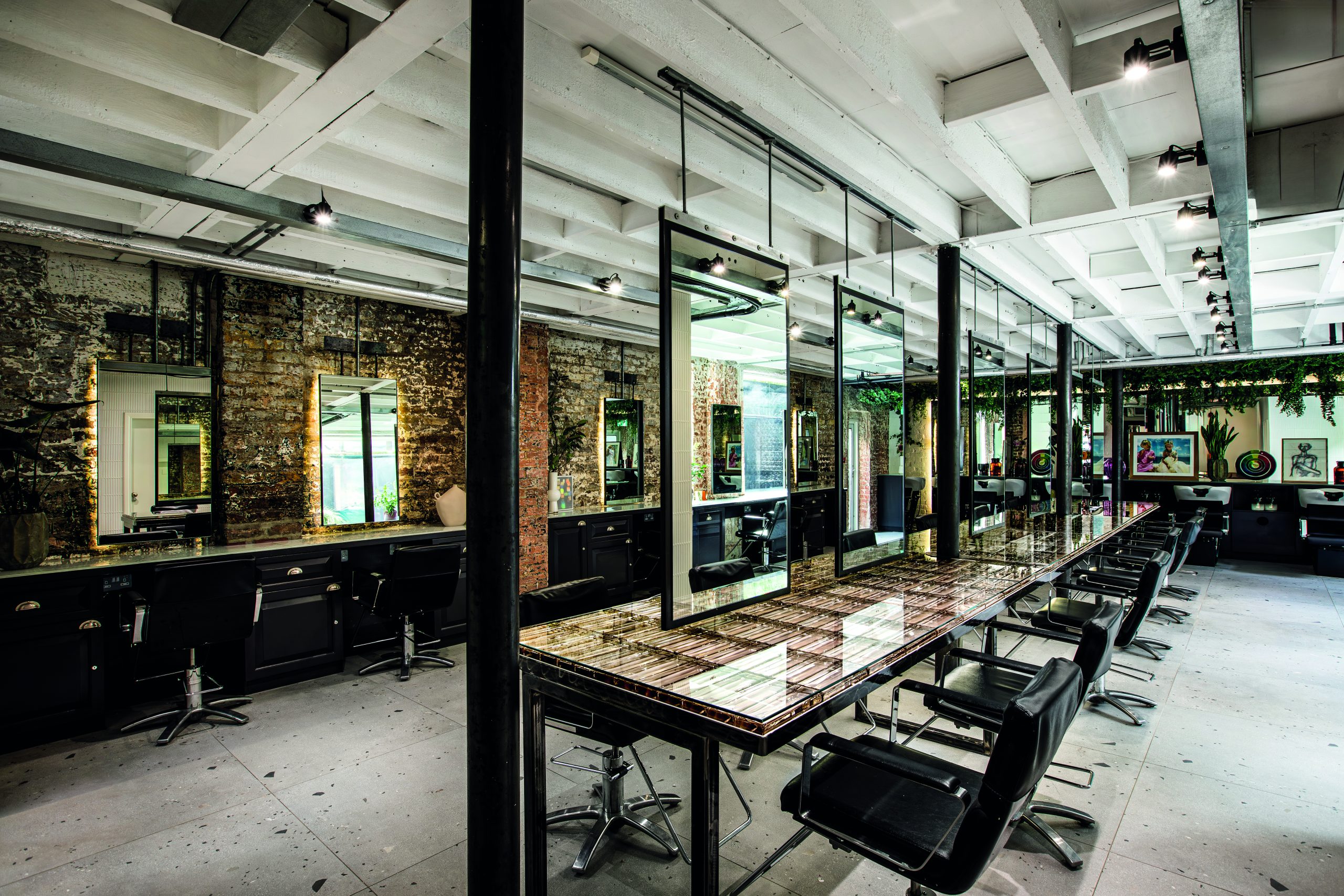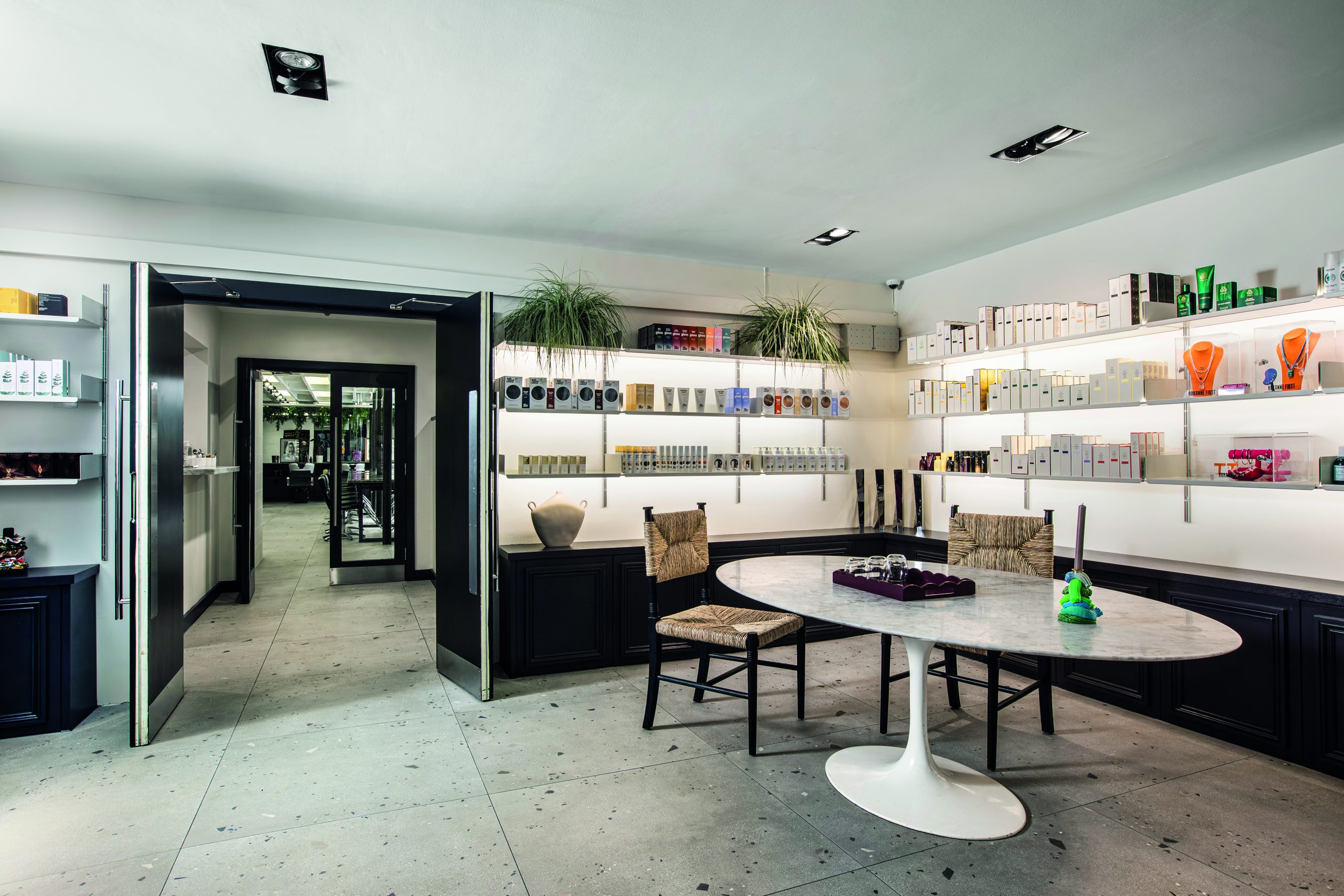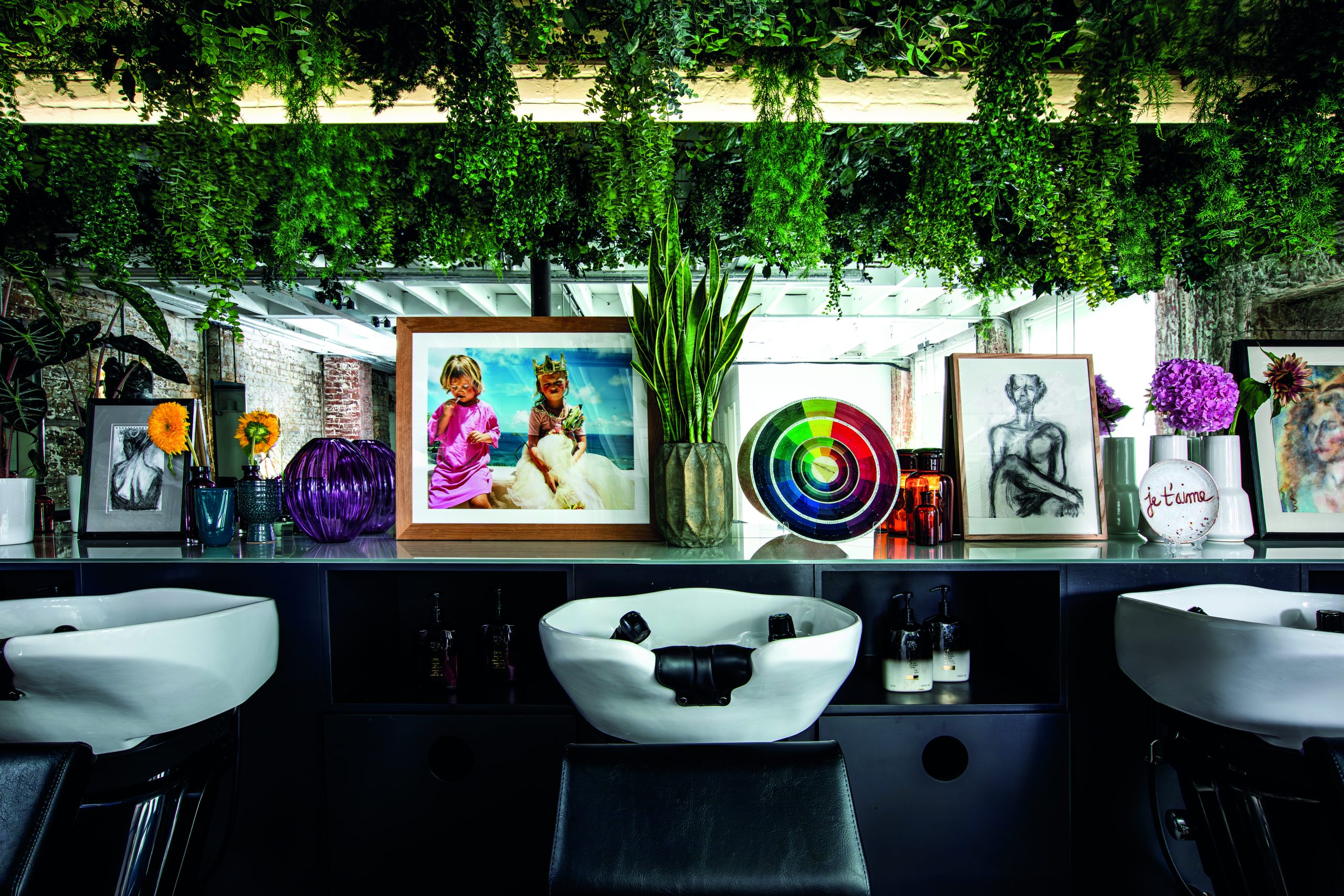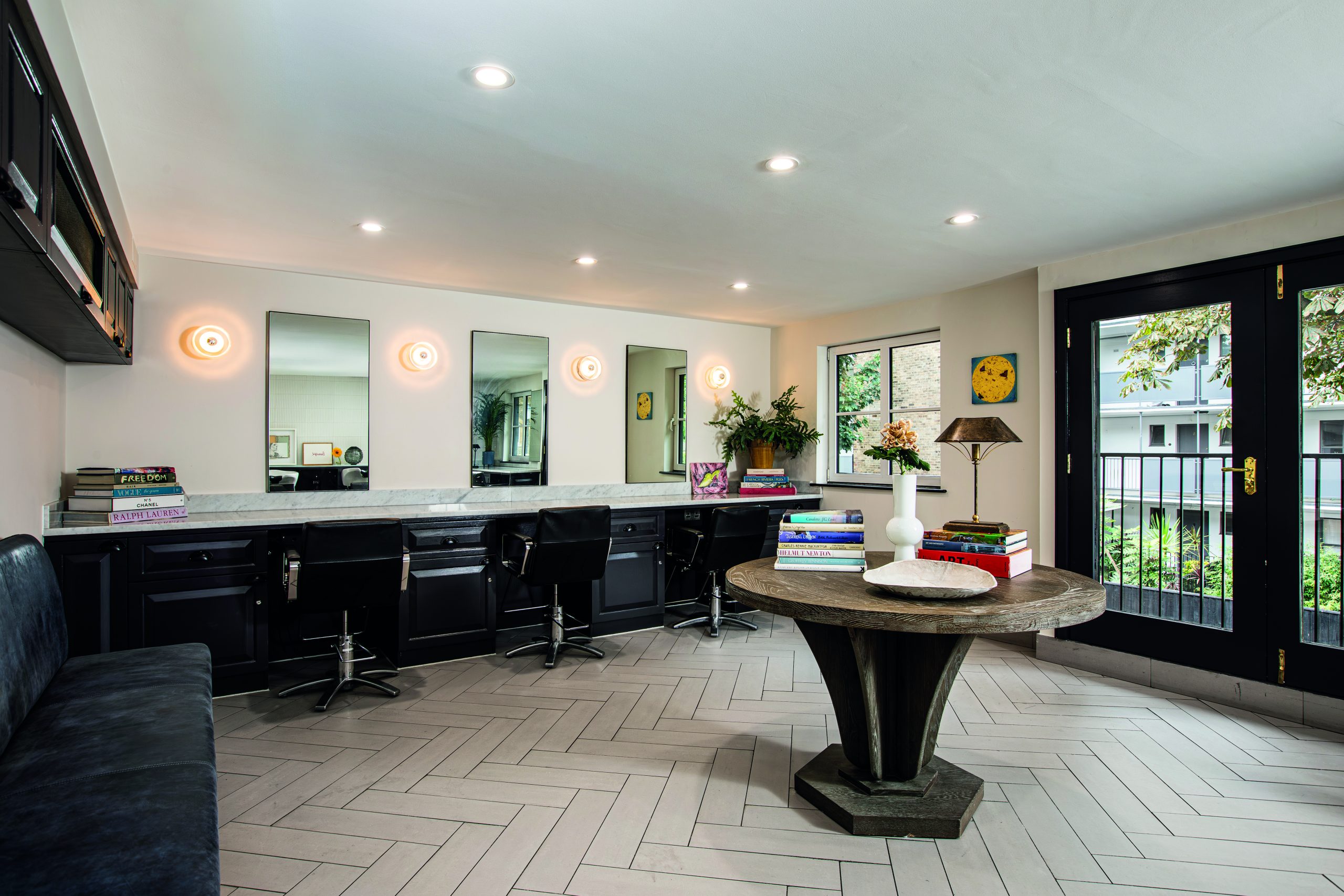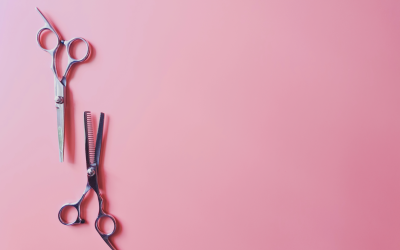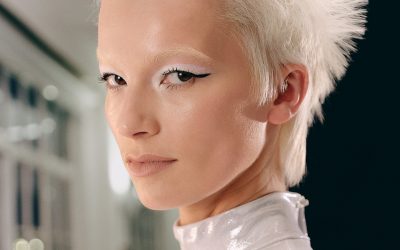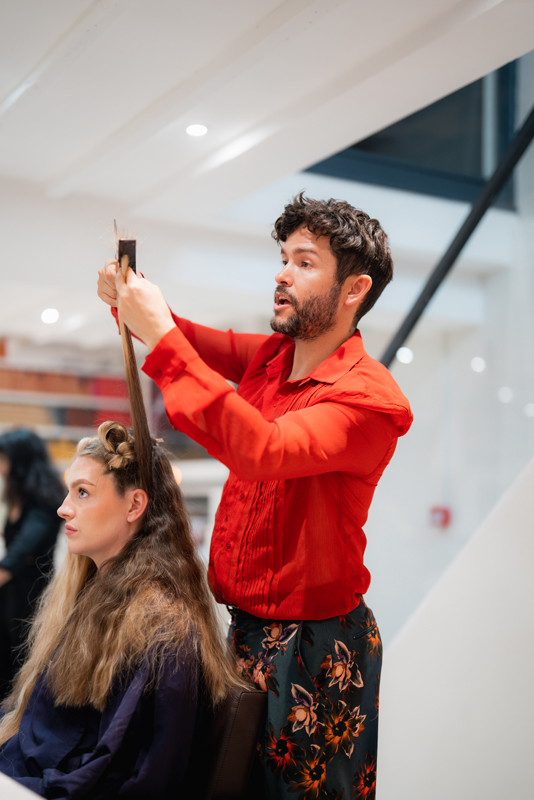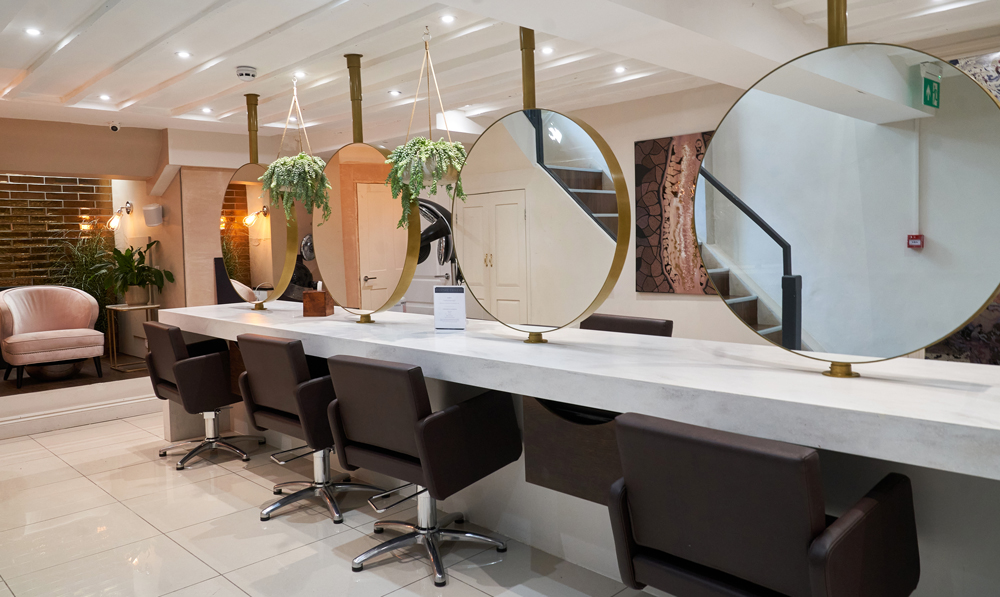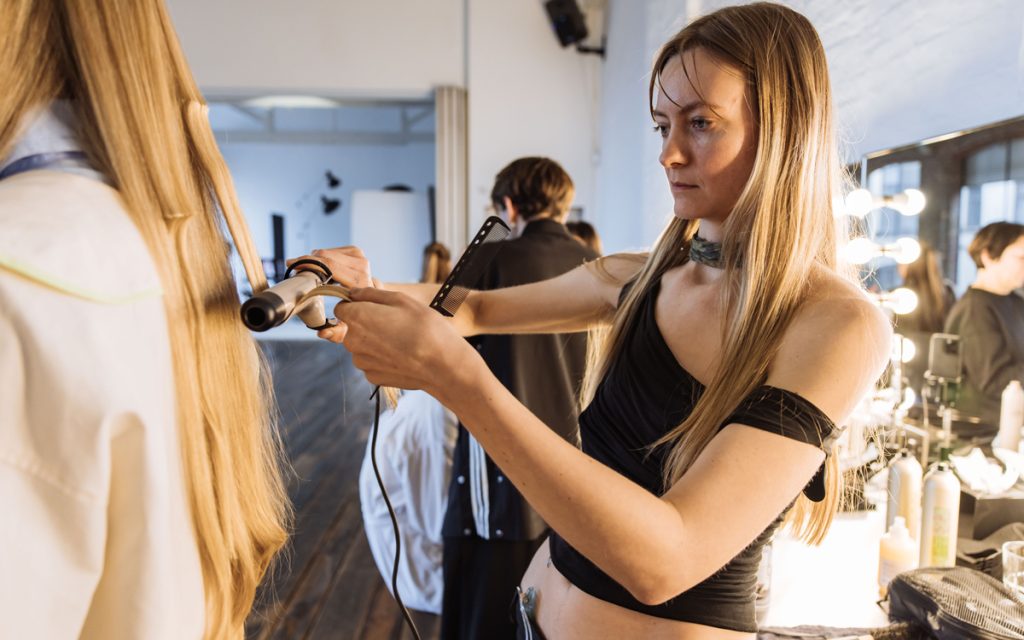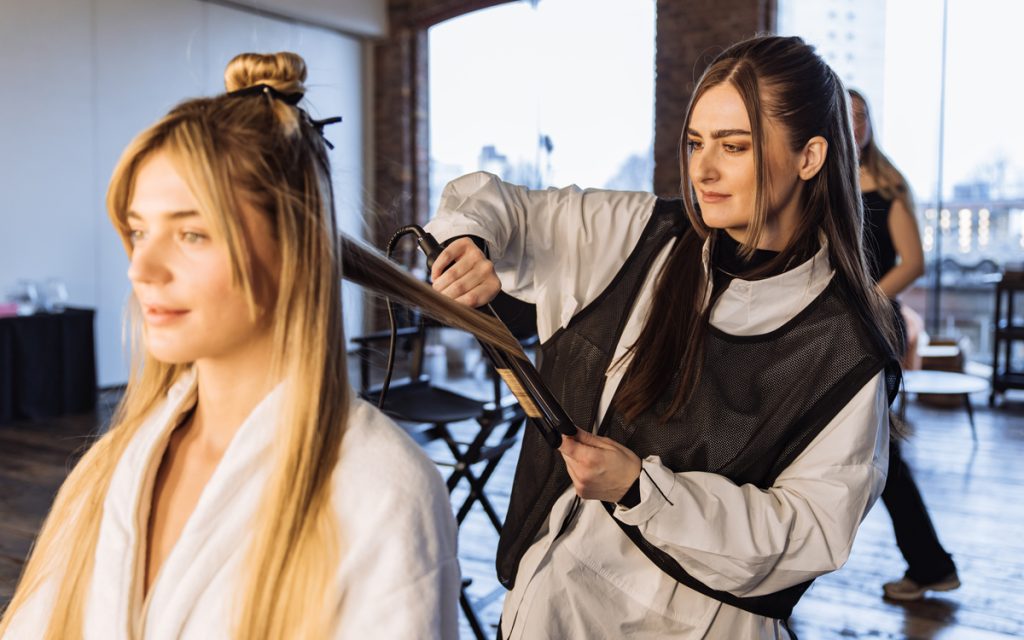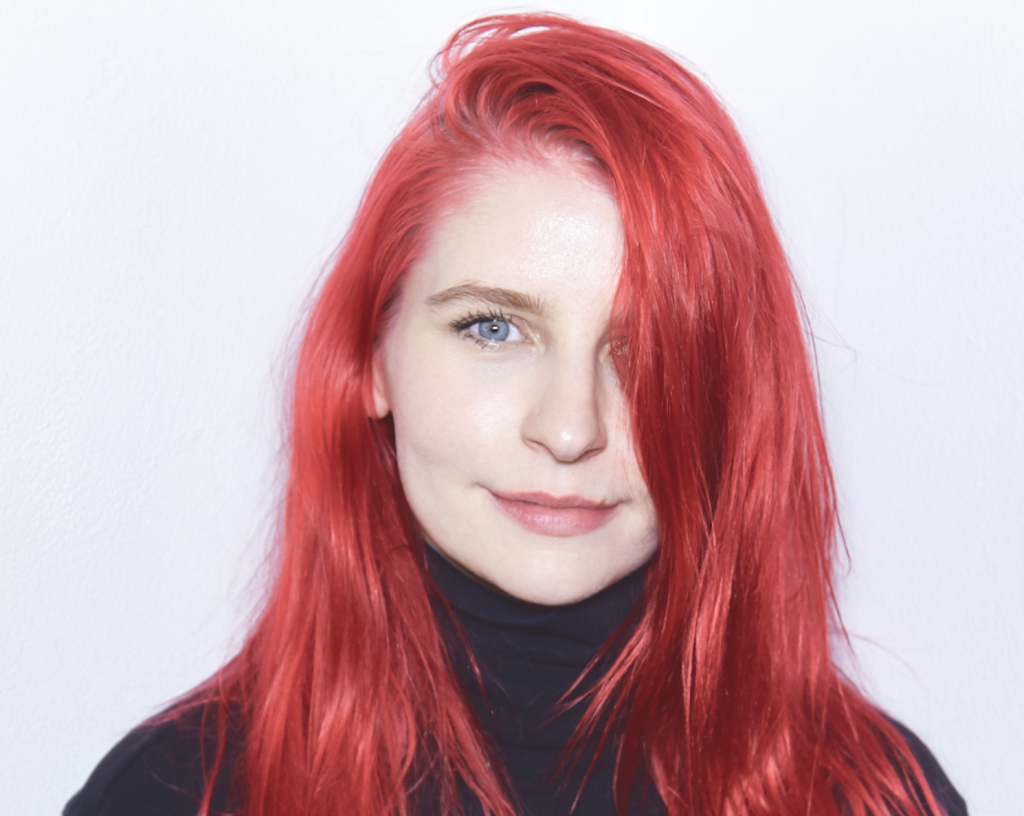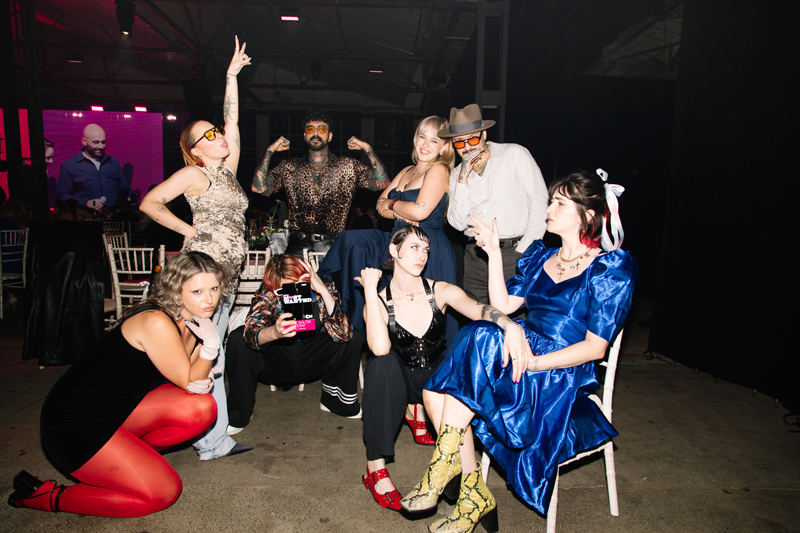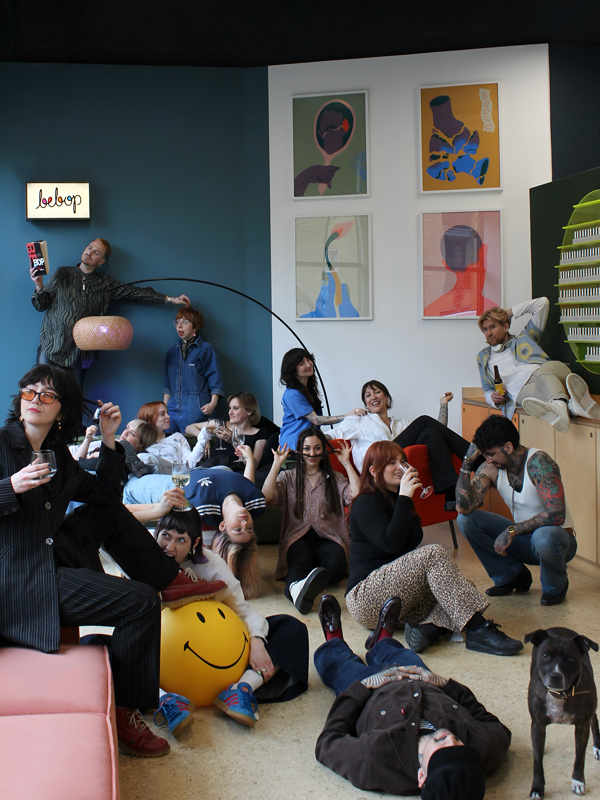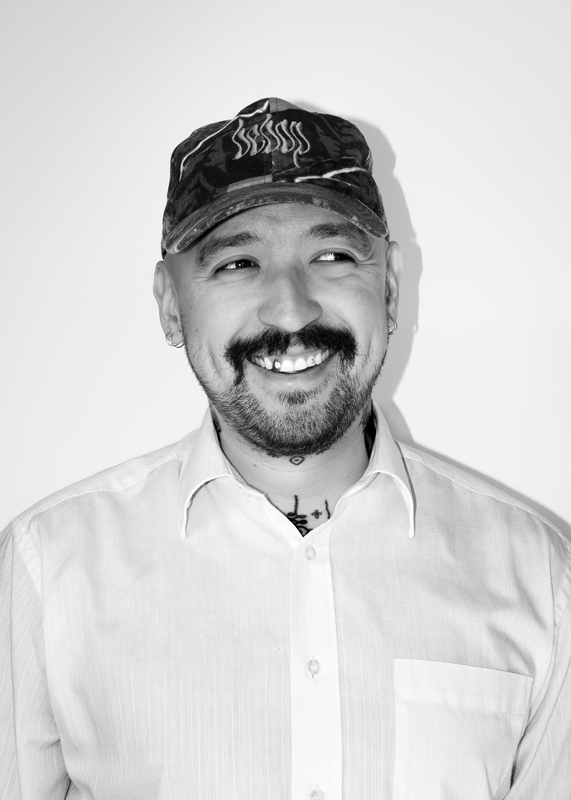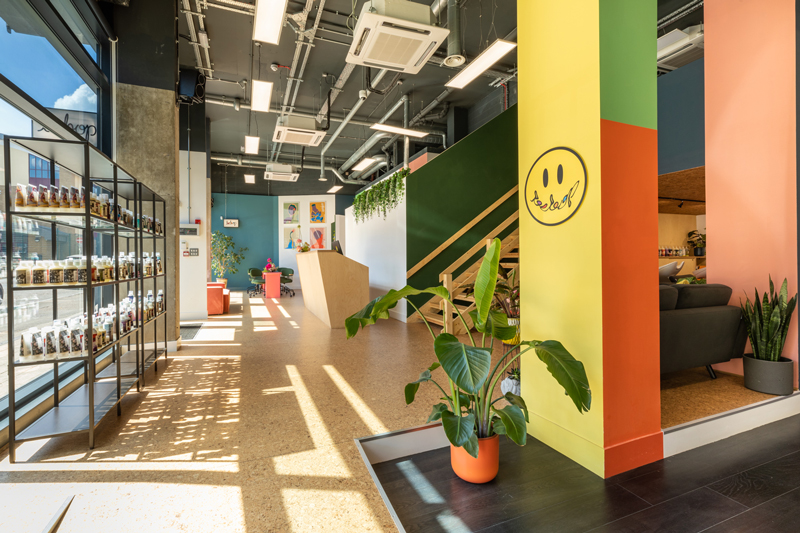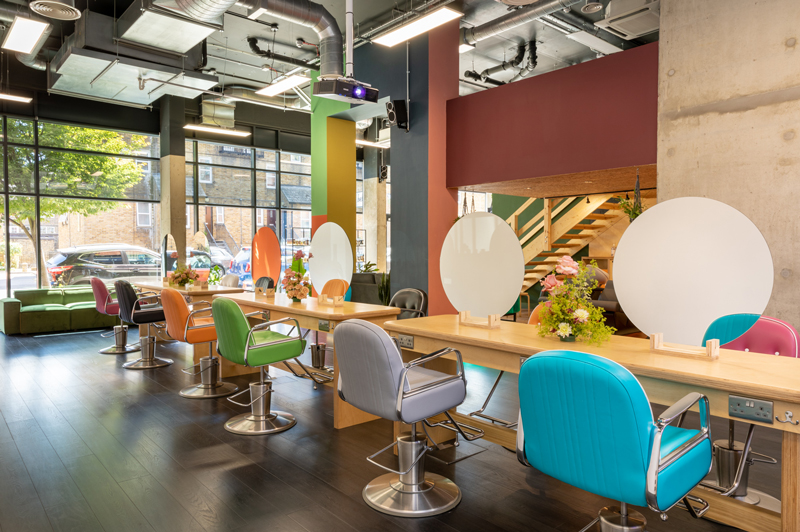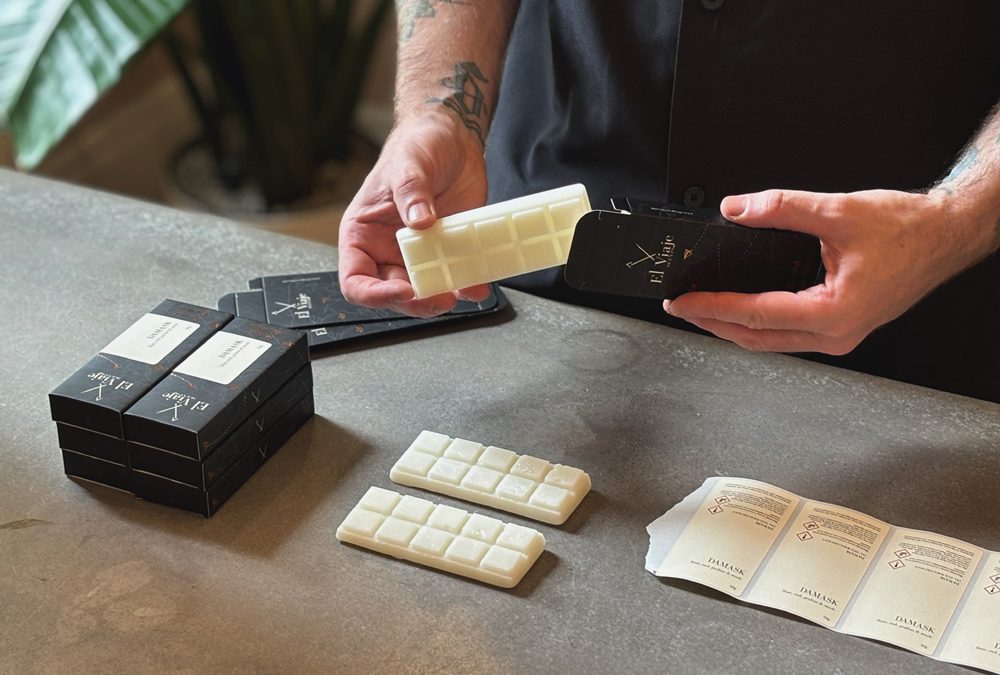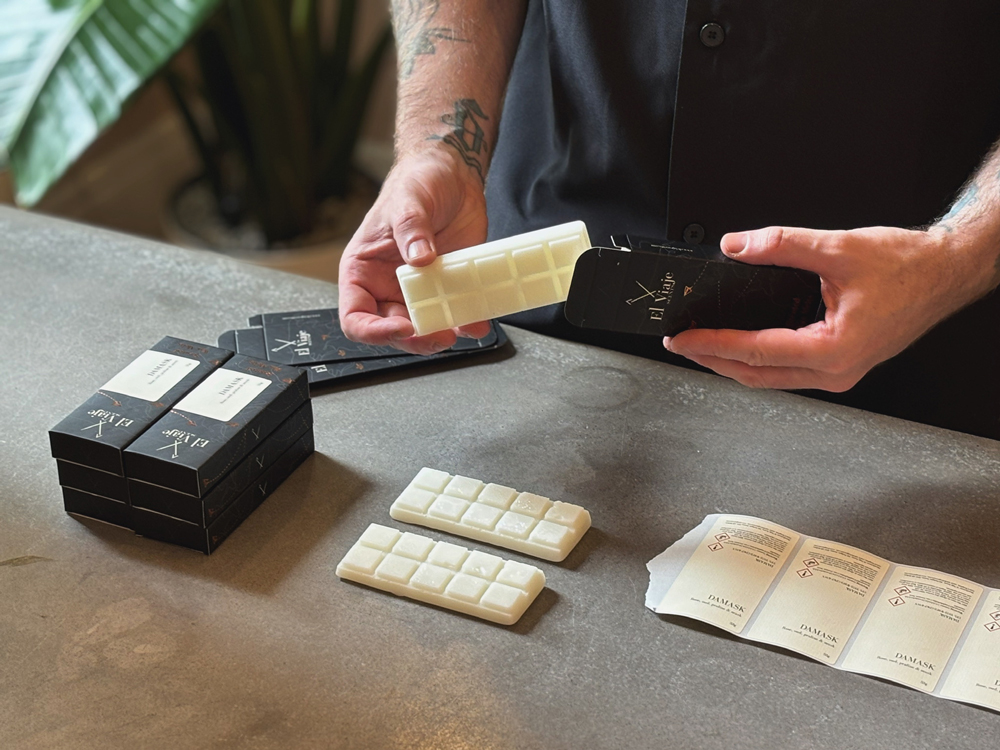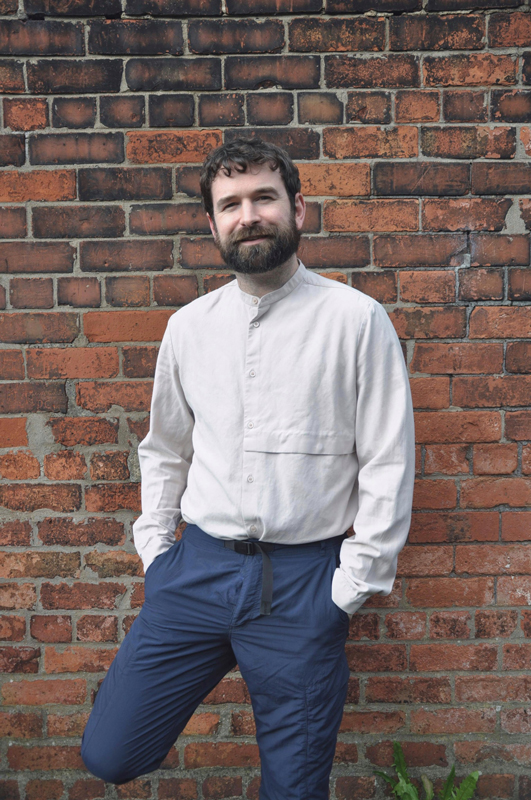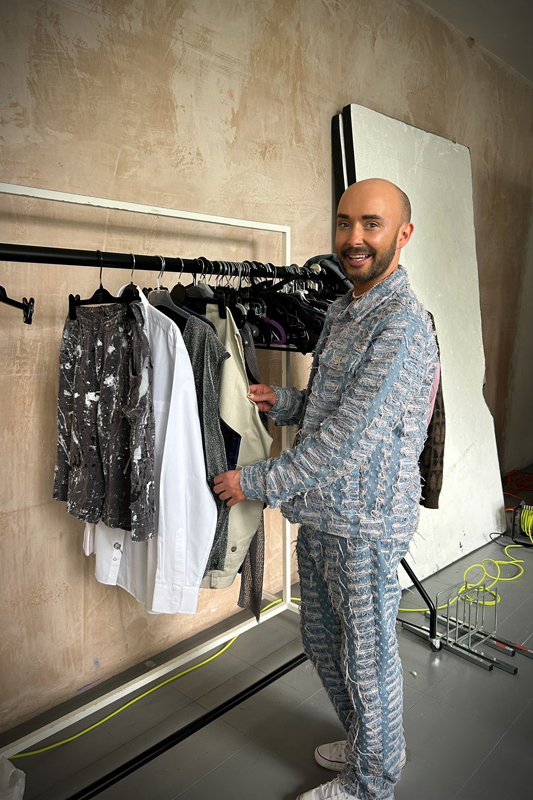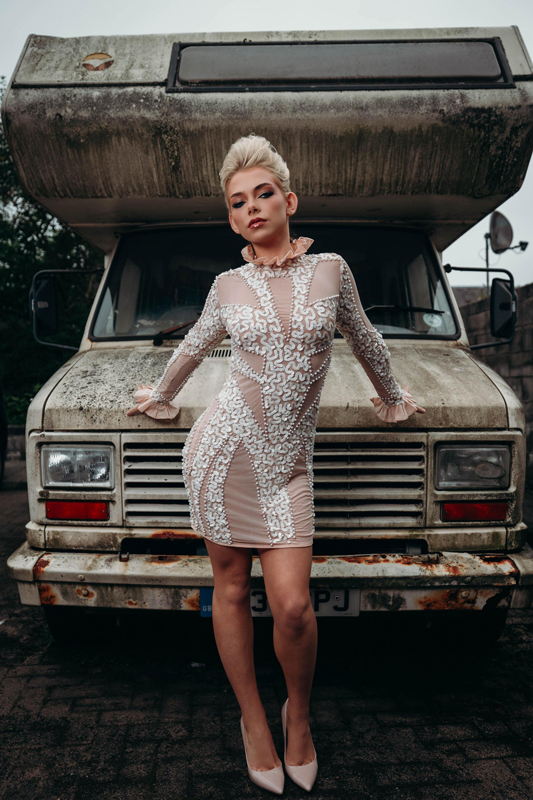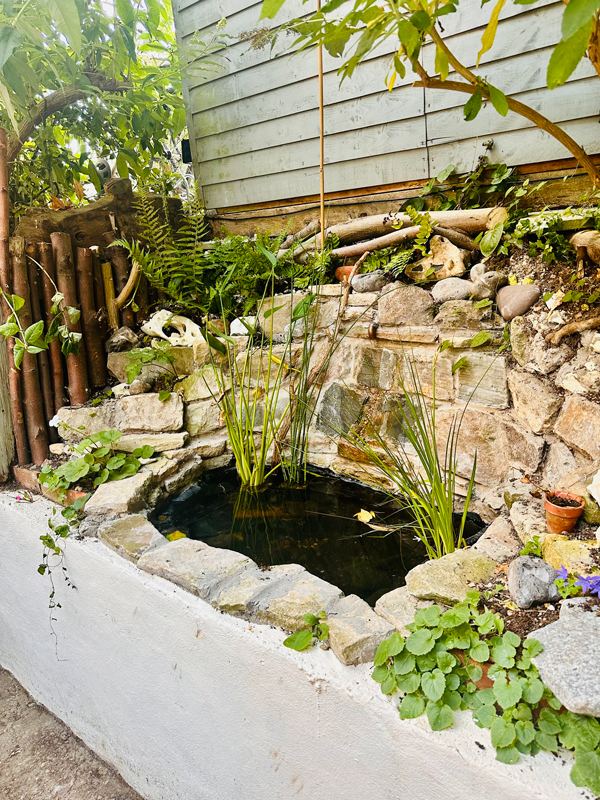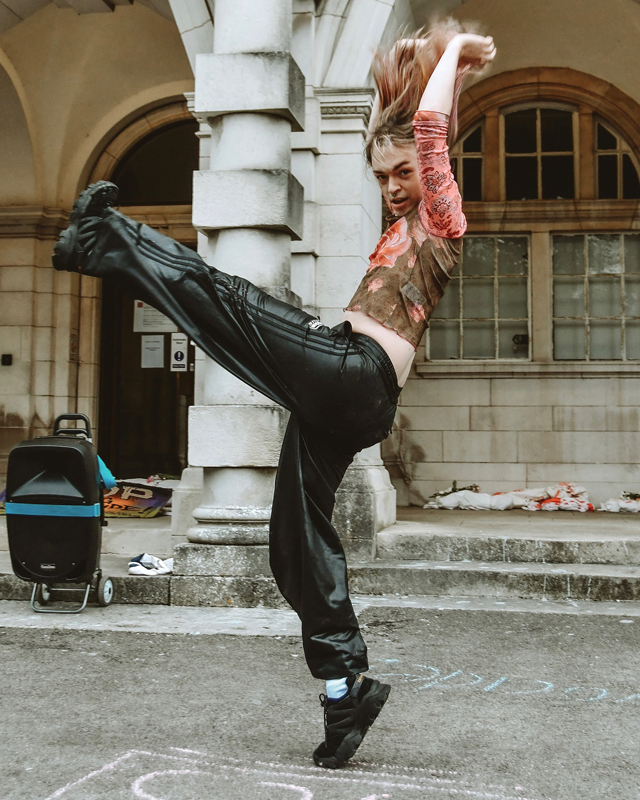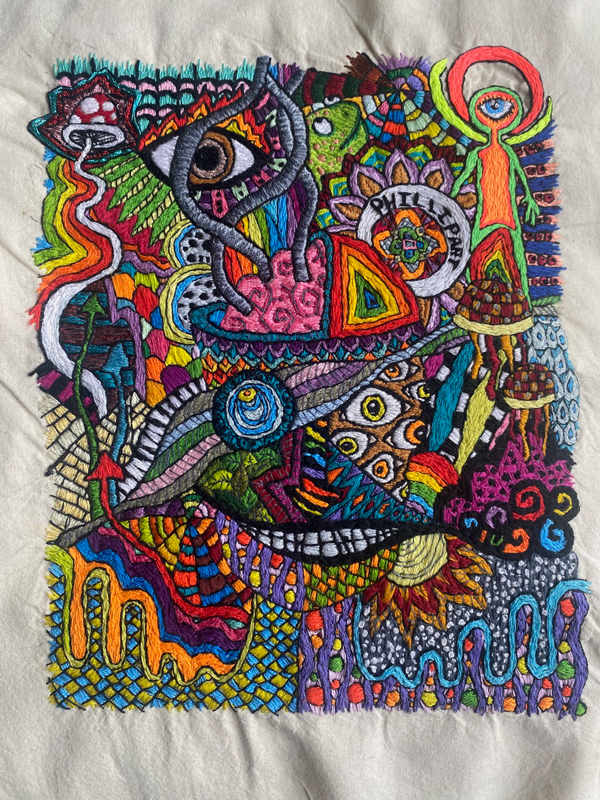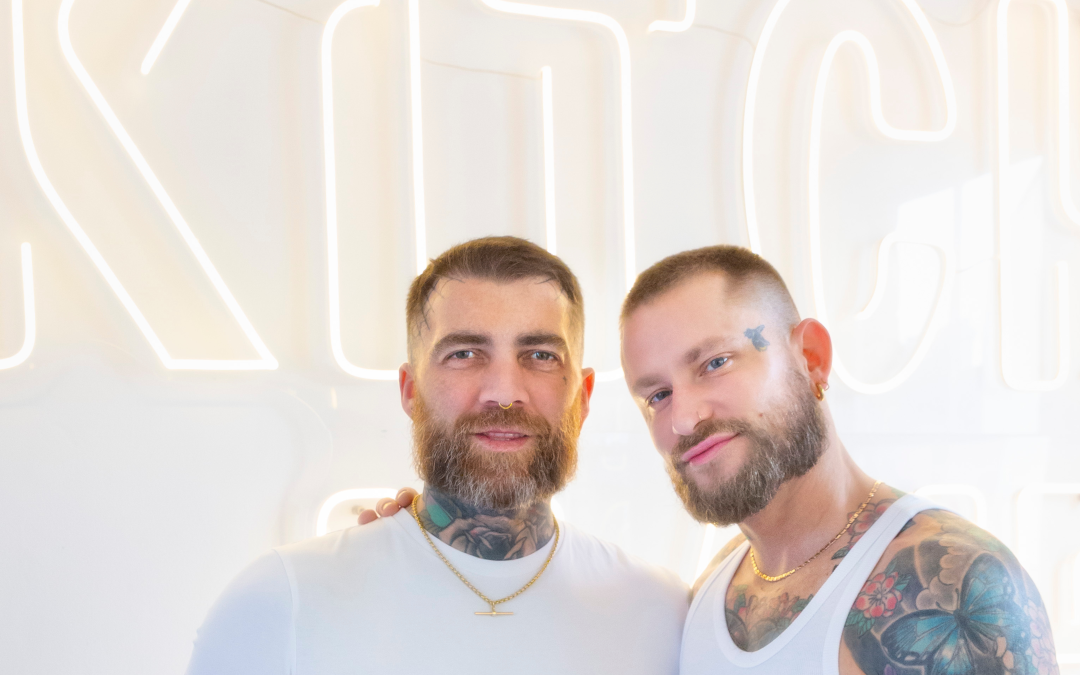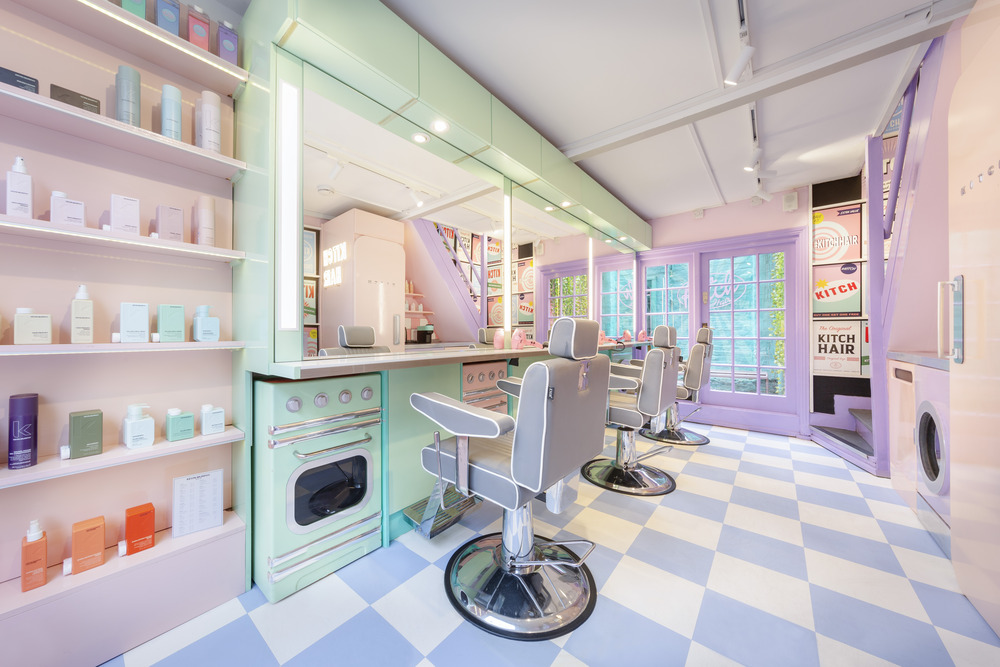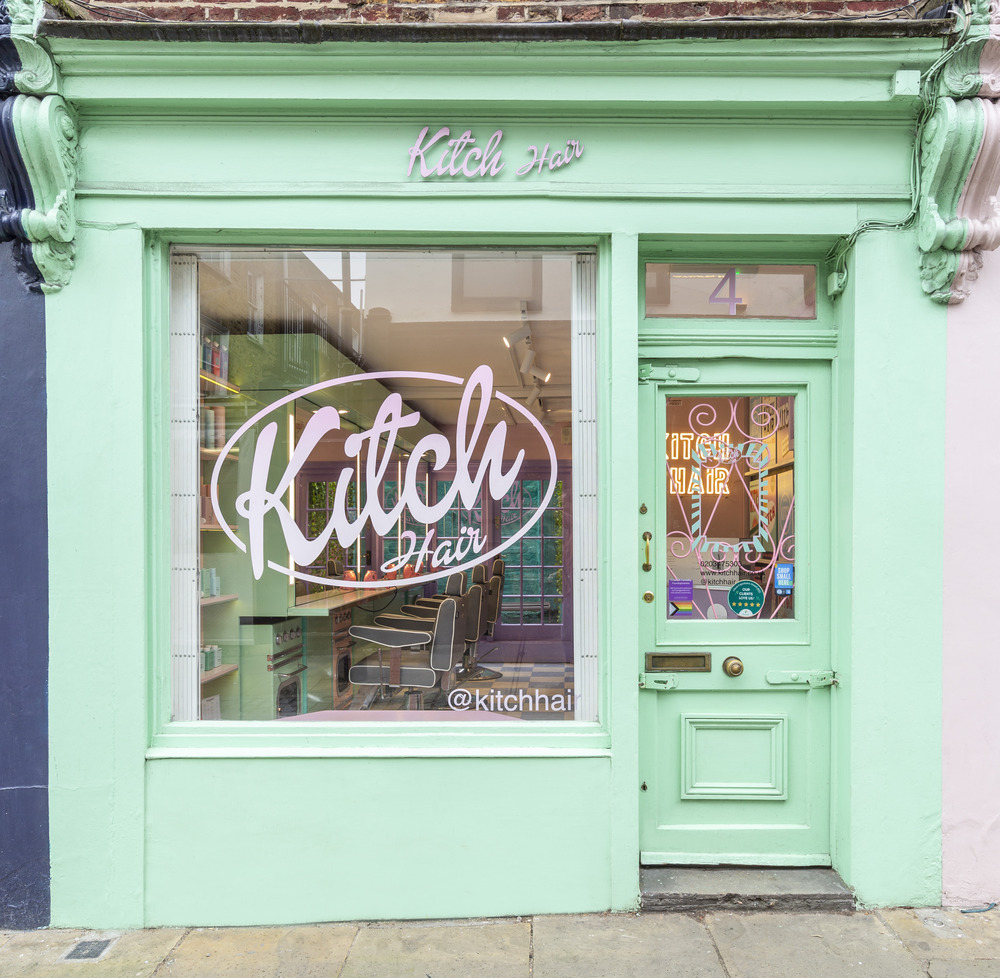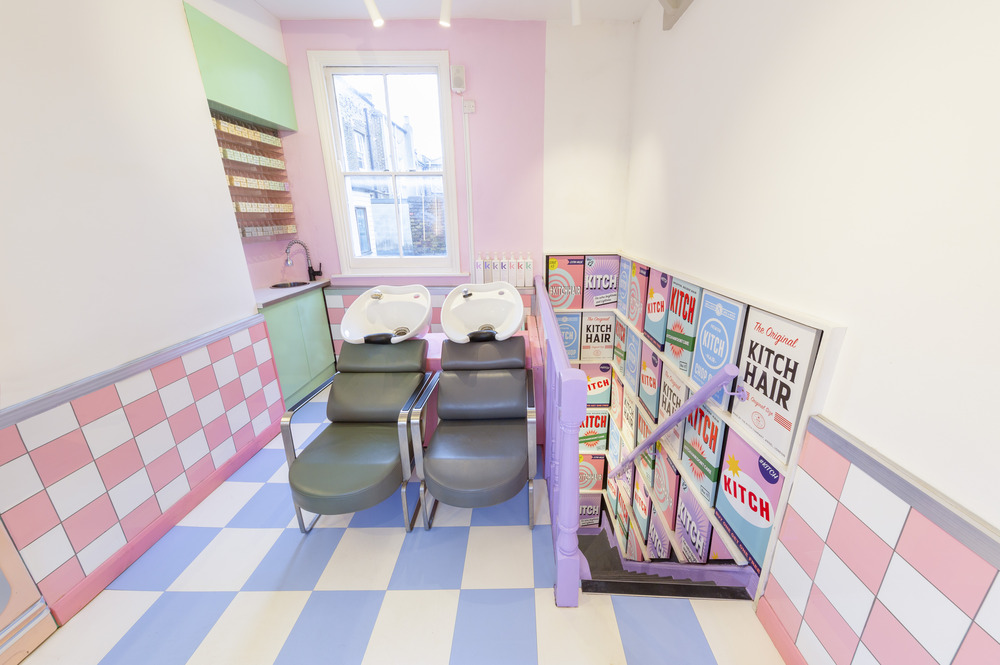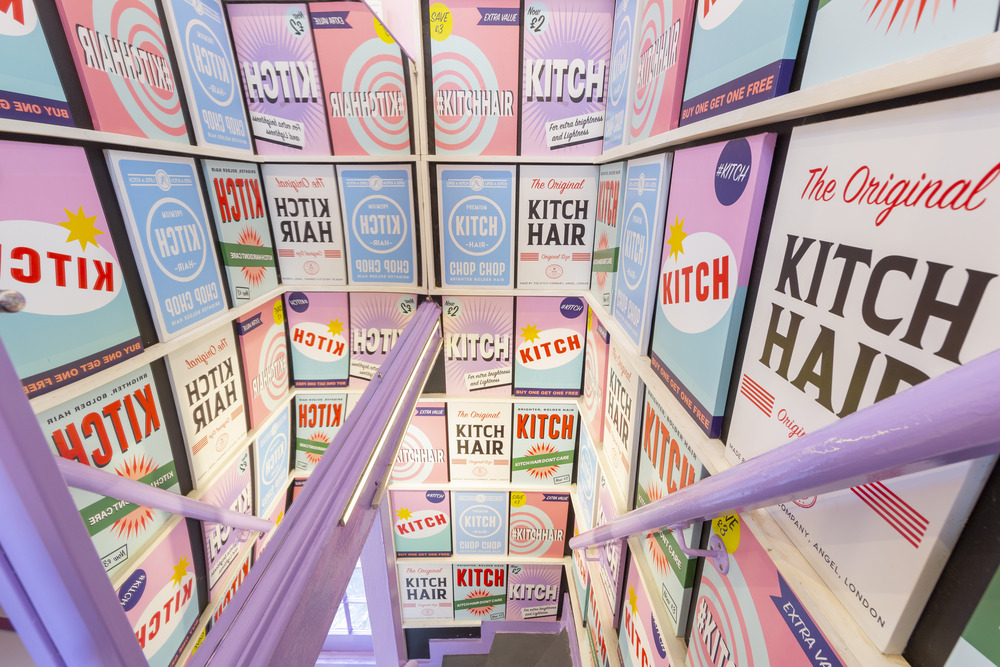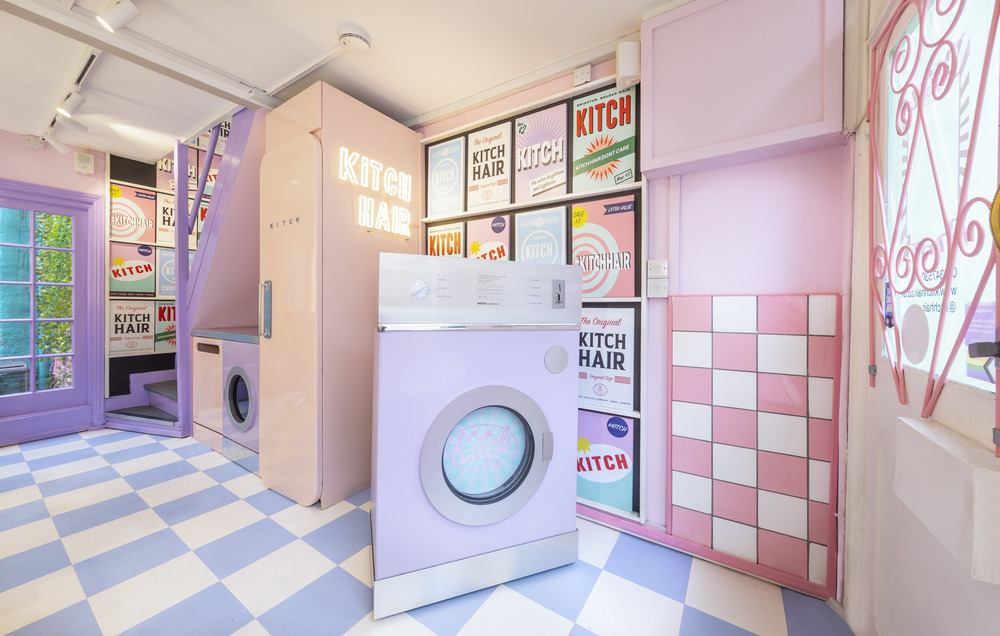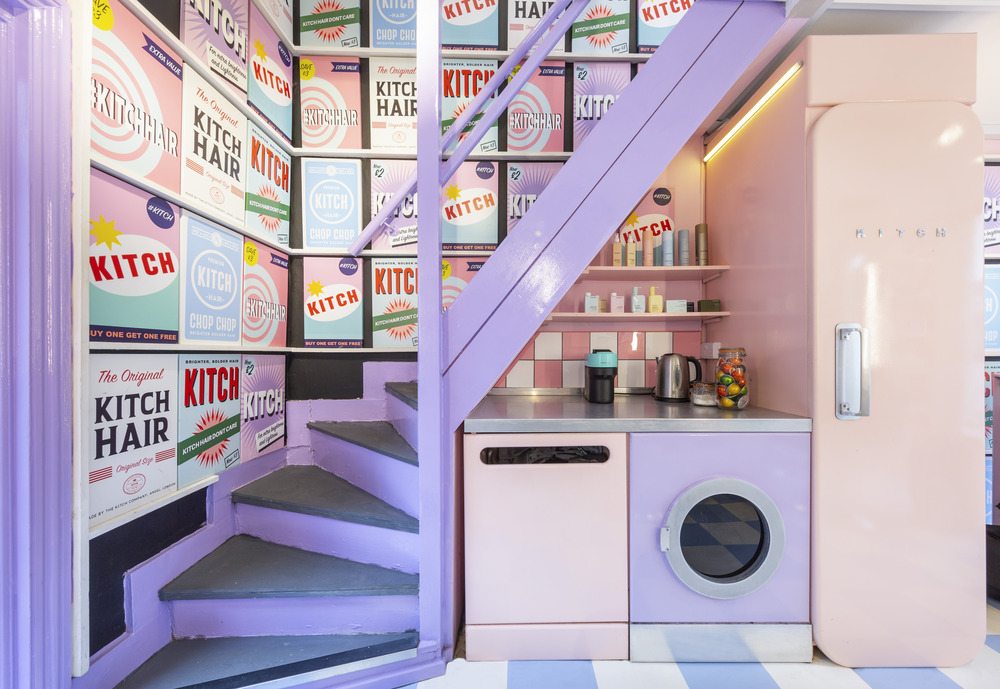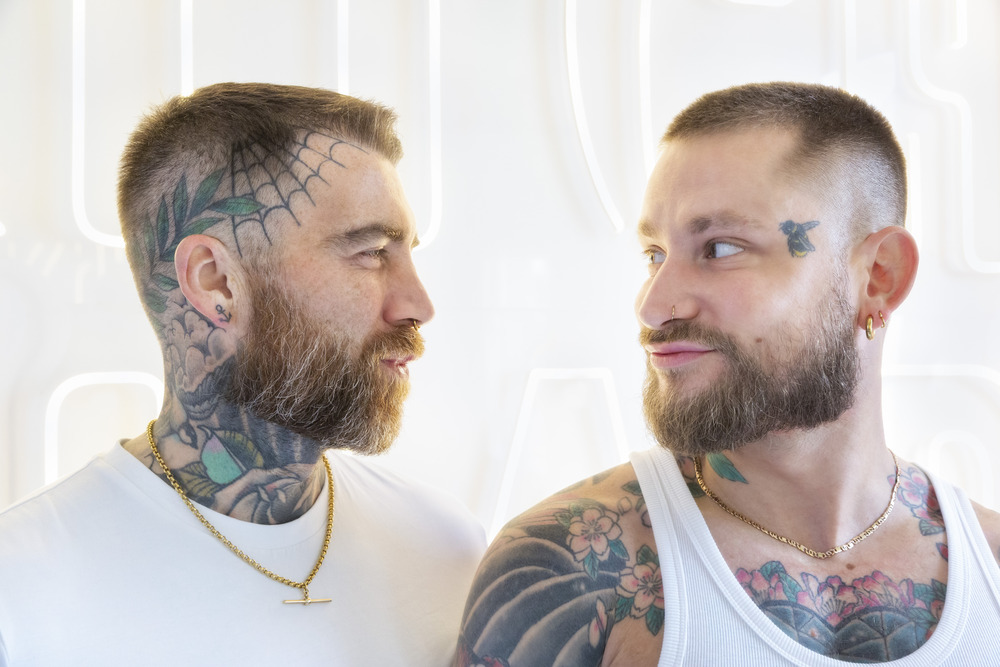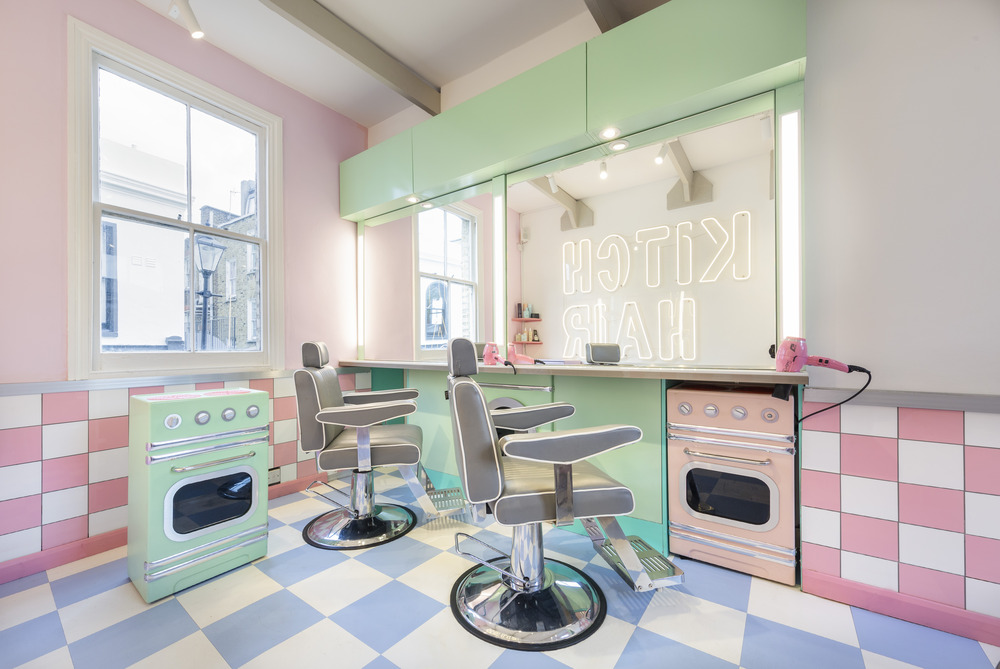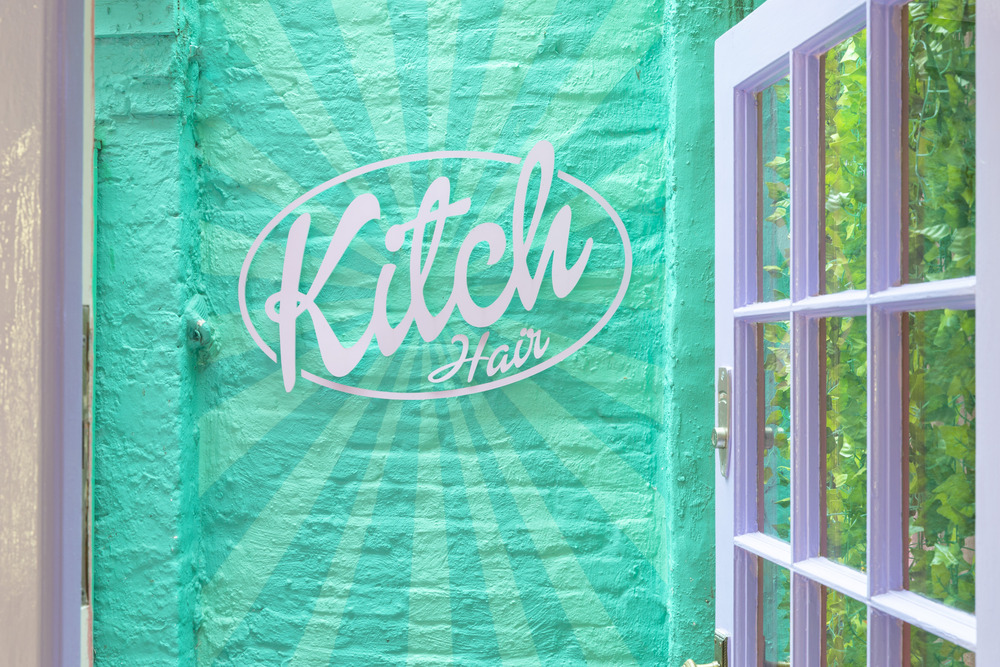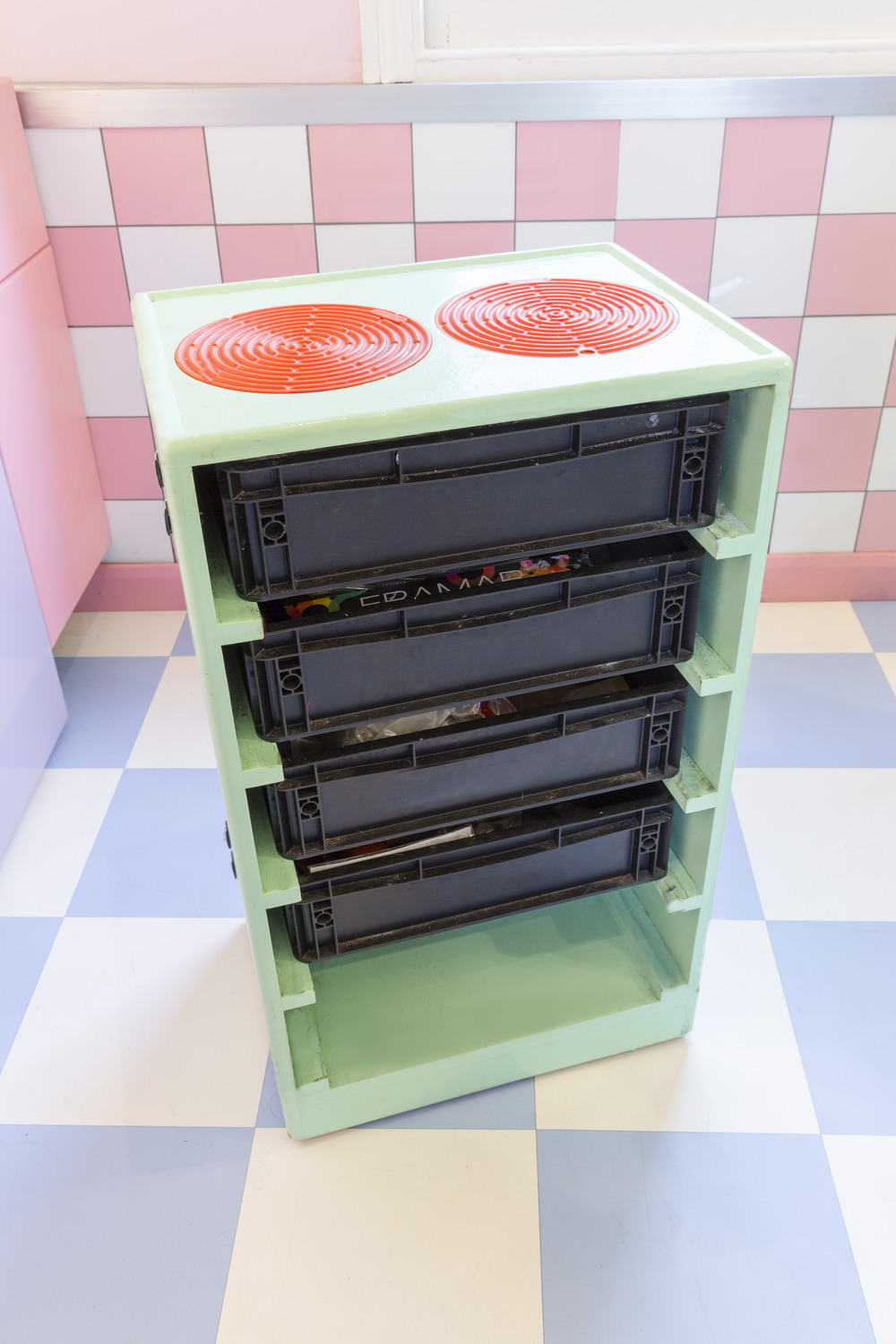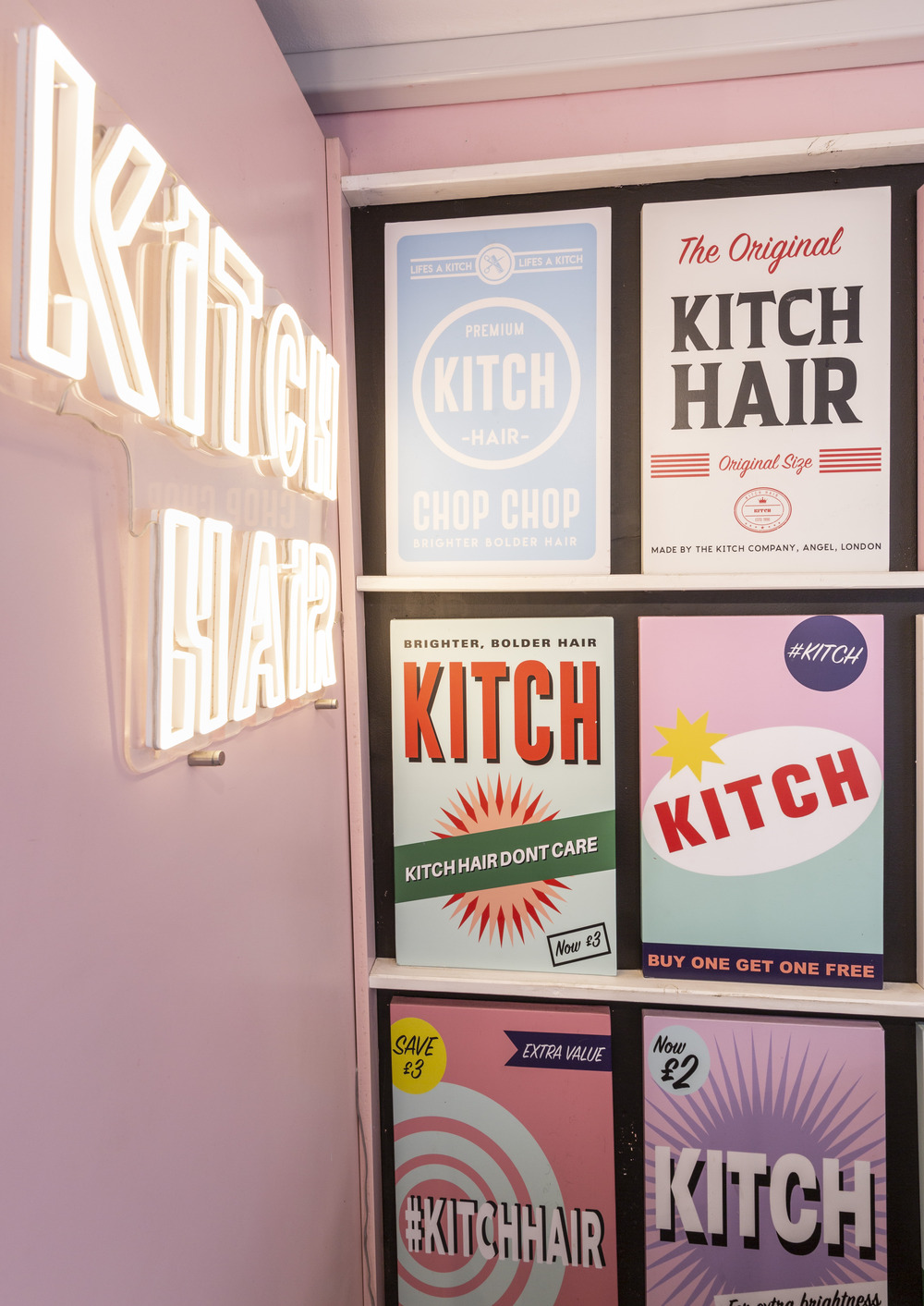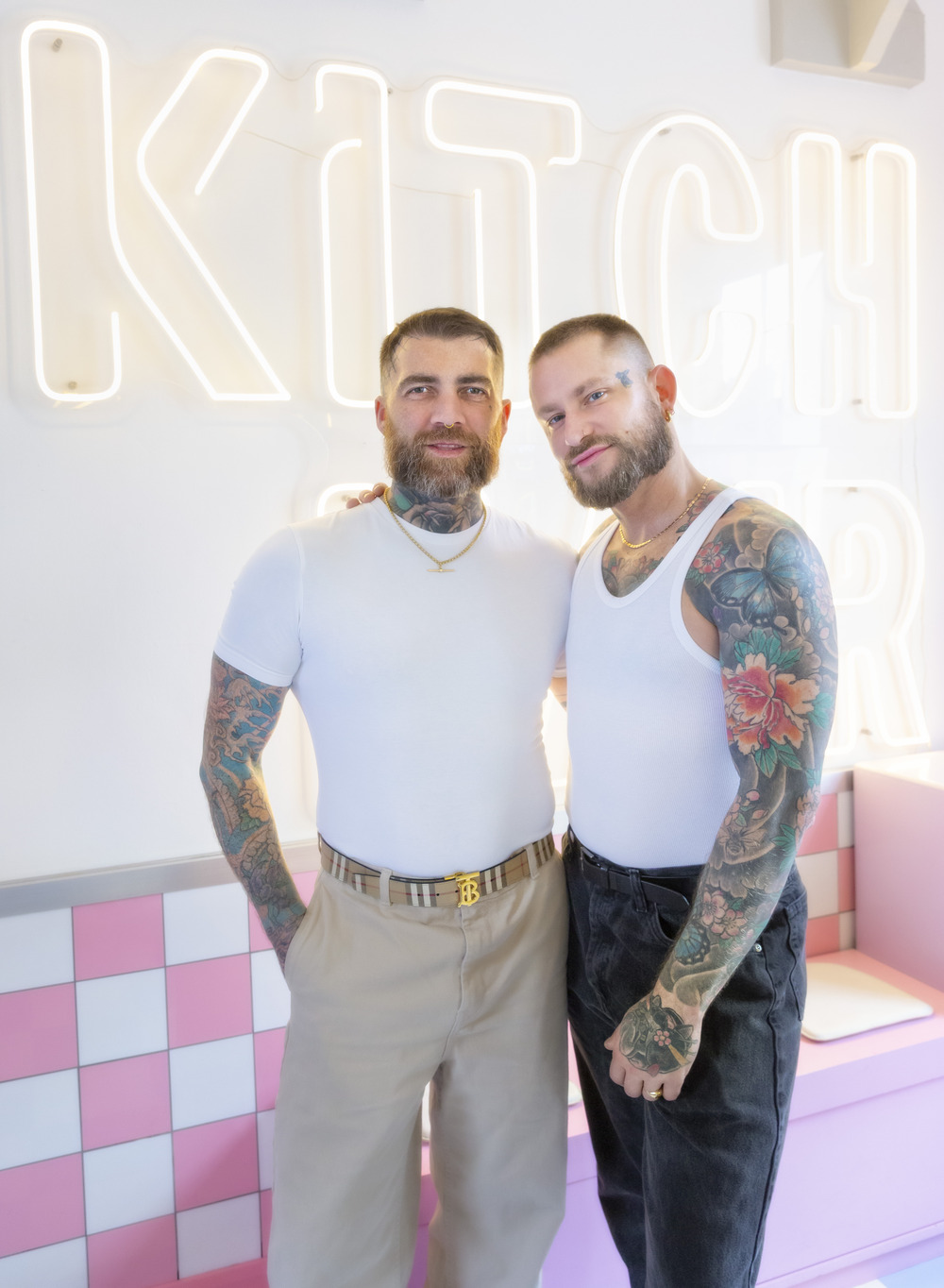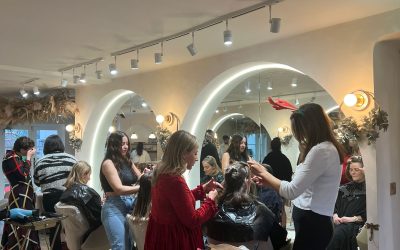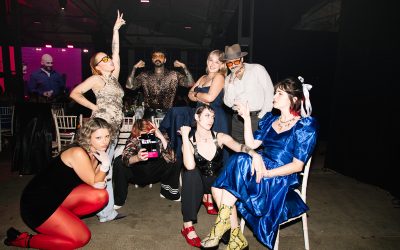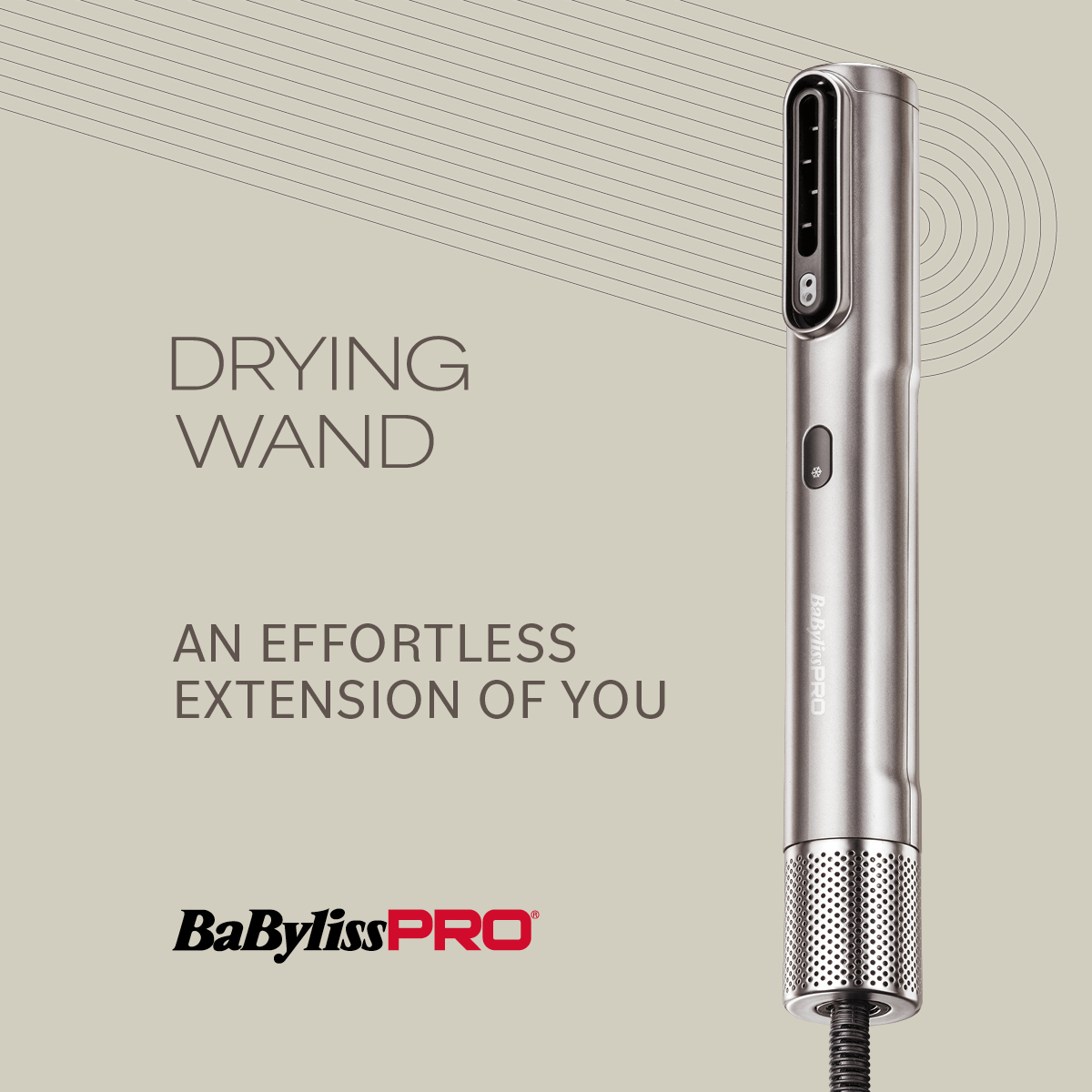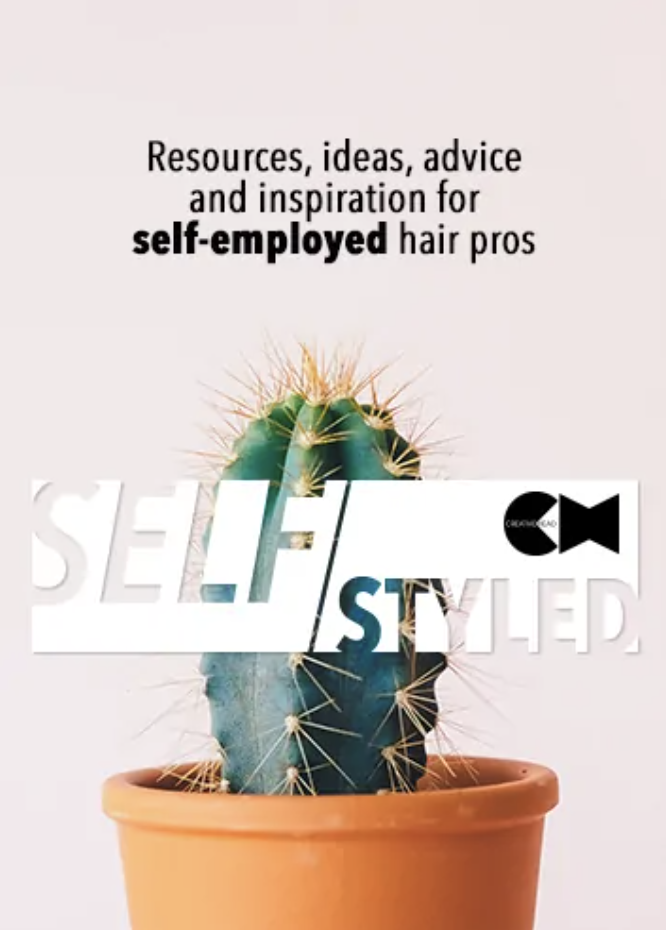From April, hairdressing employers will pay more in national insurance, as well as a higher minimum wage
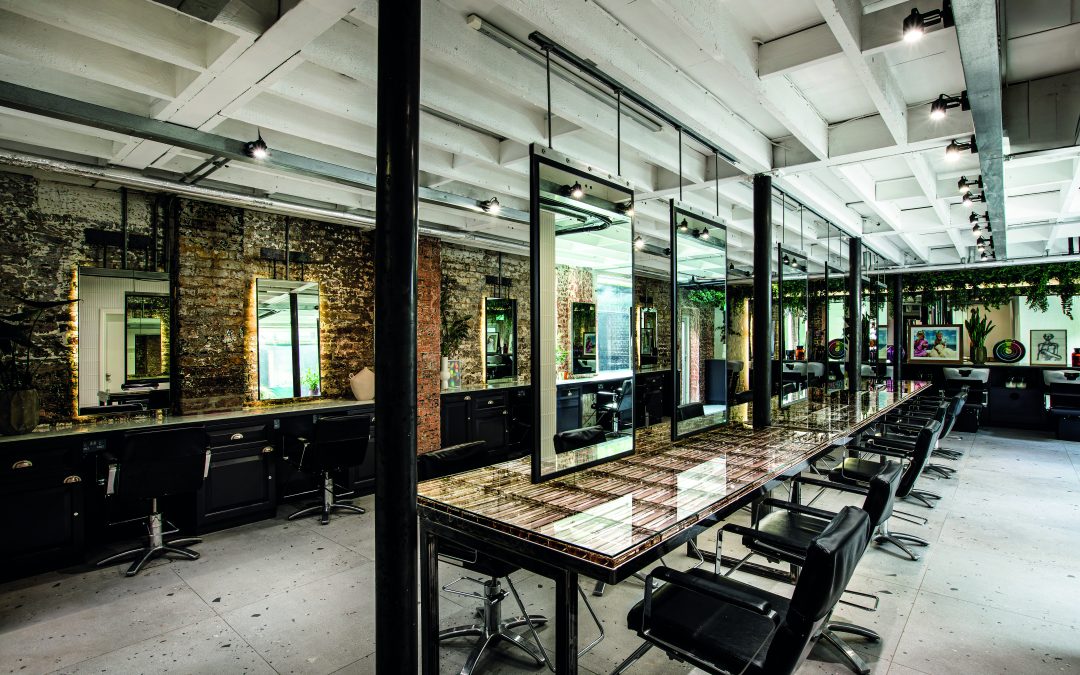
“We’re Curating Something Special Here” – Inside The Noir, Edgy Revamp Of Josh Wood’s Atelier
“We’re Curating Something Special Here” – Inside The Noir, Edgy Revamp Of Josh Wood’s Atelier
A decade on, the iconic Notting Hill salon has transformed into a sleek, modern space with
a bold vision – blending high-end design, artistic flair and next-level support for its talented team.
by MADDI | CREATIVE PROJECTS
A decade after its initial launch, the Josh Wood Atelier has enjoyed not only an interior refresh but a business rethink, too. Design group West and Vittori were brought on board to elevate the space. “I wanted it to look slick, stripped back, modern,” says Josh. “It’s a little more noir, slightly edgier. We’ll be hosting art and flower installations, so we need to have a backdrop that can keep evolving.” His favourite element? A pink quartz underlit table in the colour room: “It glows,” he whispers, describing it as his pièce de résistance. “It took some doing with engineers because those quartz bricks are quite heavy. It was a labour of love.”
This transformation wasn’t just aesthetic; it reflects a shift in the Atelier’s ethos. Josh explains, “We wanted to think about the next five to ten years and what the industry might look like. It’s about creating a much cleaner, crisper space – a blank canvas – using very high-quality furniture and materials. The design before was quite full-on and we pared it back to focus on timeless functionality.”
Located in Notting Hill, just behind Holland Park tube station, the Atelier aims to strike a balance between its international reputation and a local salon feel. “A lot of our clients are high-profile or high-net-worth individuals, and their image is incredibly important. But they don’t see hair as separate from their overall look – it’s about the full picture,” he explains. “So, we think about how they’re going to look and feel at the end – whether they need brows, lashes, nails or make-up. We’re a one-stop shop for incredibly time-starved clients.”
The redesign also prioritised flexibility, allowing the space to evolve over time. “The upstairs floor, for example, used to feel more curated with old furniture I’d collected – library tables from France, a black metal chest from America. Now, we’ve stripped it back so it’s more open and adaptable. I dream of hosting a sculpture exhibition up there one day,” Josh shares.
Beyond the physical changes, the Atelier now operates more like a talent management agency, nurturing the careers of its self-employed stylists, including The It List Editorial Stylist winner Mike Mahoney. “The industry has shifted,” Josh explains. “Most people here are self-employed and running their businesses. We encourage their growth, whether that’s through creativity or building a team. We act almost like agents, helping manage both their salon clients and creative work. If someone has a big job, we’ll take care of the logistics so they can focus on their craft.”
Clients have embraced the changes wholeheartedly. “They love the freshness and cleanness of the space,” Josh says. “But more than that, they appreciate the spirit of the business. We’re curating something special here, from partnering with Chanel for make-up at Claridge’s to introducing Bio Sculpture nails and collaborating with local food producers. It’s all about creating opportunities and taking the headache away from the team, so they can focus on what they do best – being creative.”
Related
Tax, Rates And Wage Increases Are Coming. Can Hairdressing Businesses Cope?
The Trends For 2025
Come backstage with Creative HEAD and Wella Professionals as we reveal all the newness to help build your business in 2025
“We Know We Can Rely On Our Future Workforce”
Why Hooker & Young have always invested in apprentices
